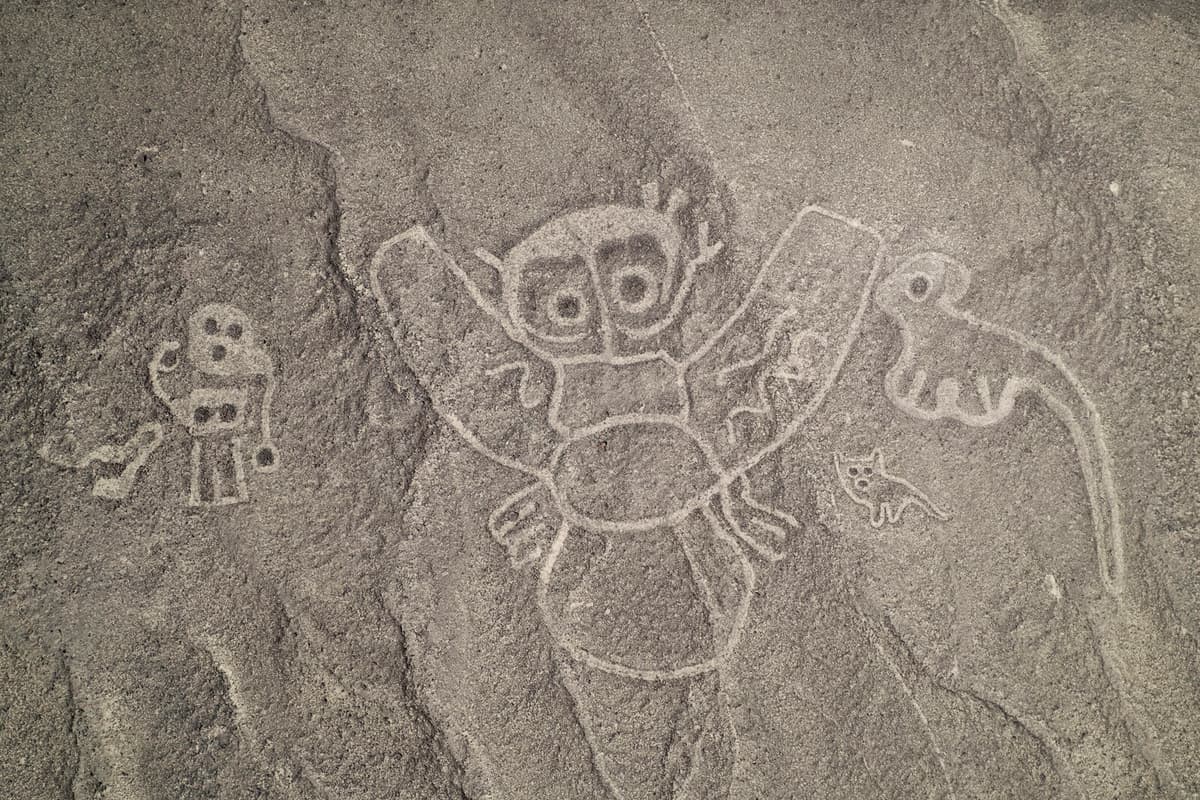The finds mean that the total number of figures on the site has almost doubled, the newspaper writes.
The so-called Nazca lines in southwestern Peru constitute one of archaeology's biggest puzzles. The World Heritage site consists of figures carved into the ground, some of them several hundred meters long – including a 285-meter-long pelican.
The lines are at least 2,000 years old, but were not discovered until 1920 by a Peruvian researcher. Since then, a total of just over 300 figures have been found – until now.
Over the past six months, researchers have been able to identify a total of 303 new geoglyphs, depicting, among other things, snakes, monkeys, and llamas, in the area. Most of the finds were made with the help of AI and drones.
The Nazca lines were created by the Nazca people between 500 BC and 500 AD. Despite extensive studies, it remains shrouded in mystery why they were created.





